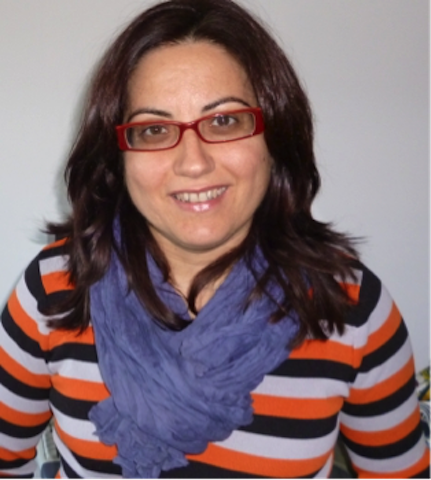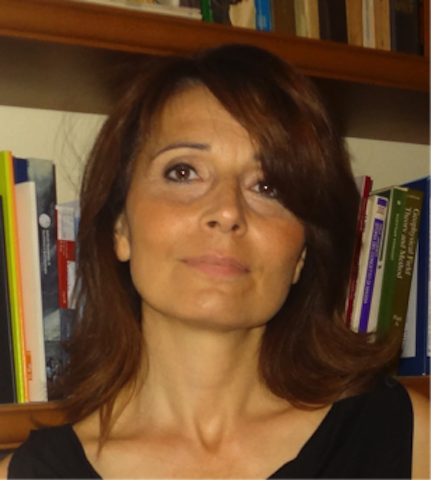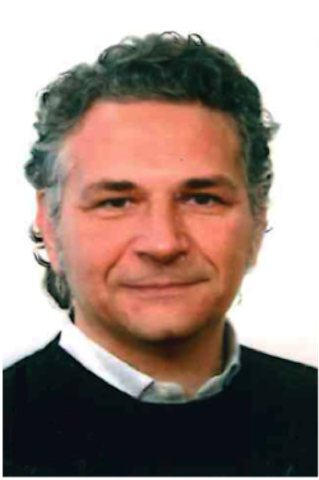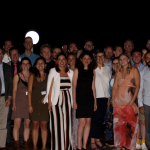University of Salerno (Southern Italy)
Università Degli Studi di SalernoPartner Description
The University of Salerno (Southern Italy) has very ancient origins as it is one of the oldest universities in Europe together with Paris and Bologna. The Salerno School of Medicine was founded in the 8th century and was the principal institution in Europe for the study of medicine, reaching its utmost splendour during the Middle Ages. The university remained active until 1811 when it was closed under the Napoleonic government and was re-opened in 1944. In 1988, the University, which now has over 43,000 students, moved to the village of Fisciano, a few miles from Salerno. Its structure is that of a university campus and its modern buildings offer many efficient services for teaching, research and student life in general. The presence of multimedia facilities, a modern library, as well as places to meet and eat, and green spaces make it an excellent university college and a pleasant place to study.
UNISA through the Department of Physics “E.R. Caianiello” operates in the fields of natural and anthropogenic risk assessment and mitigation, including the environmental impacts and the induced seismicity effects of geo-energy exploitation. The staff has a relevant experience in participating to large International Projects, e.g. H2020 SHEER (SHale gas Exploration and Exploitation induced Risks) coordinated, by P. Capuano; FP7 MEDSUV; FP6 SAFER; FP7 CLUVA and FP7 GEISER. UNISA’s staff had several contracts from private industries and CNR on geothermal energy exploitation and was involved in the Civil Protection ICHESE commission on the possible triggering of the Emilia 2012 seismic sequence from traditional oil exploitation and fluid injection.
Role in the Project
UNISA bring to the project the expertise of the SHEER project in the assessment of the environmental footprint of unconventional hydrocarbon exploration and exploitation and in the development of multi-risk analysis. The main role of UNISA in S4CE is the assessment of potential induced seismicity and the development of a theoretical framework for integrating multi-risk and LCA.
UNISA:
- lead WP5 on Data Gathering and Model Implementation, developing models for the interpretation of induced-seismicity, for the definition of Ground Motion Prediction Equations jointly with a multi-risk analysis and an interface between multi-risk assessment and LCA (WP5),
- assess the probability of rapid fluid transport (WP6),
- coordinate the seismic monitoring activity in the Rusanda field (WP7)
- takes part to the Dissemination, Exploitation and Innovation activity, in particular in the Training and Outreach Events (WP9),
- participates to the PMT.

Contact
Email:
Web: www.unisa.it
Team

Paolo Capuano
Associate Professor of Geophysics at the University of Salerno. Coordinator of the H2020
SHEER project (SHale gas Exploration and Exploitation induced Risks). Main research interests: environmental impact of geo-energy resources, seismic monitoring systems, tracking of fluid migration, probabilistic risk assessment and resilience, geophysical data analysis, inversion of geophysical data.

Roberto Scarpa
Professor of Geophysics at the University of Salerno. Head of the Department of Physics.
Main scientific contributions: development of seismic monitoring and geophysical data analysis systems, structural studies including seismic tomography, seismic source parameter analysis, strong motion analysis of seismic waveforms.

Mariarosaria Falanga
Researcher at the University of Salerno
Main research interest: numerical modeling and synchronization mechanisms in the theory of dynamical systems; time series analysis and high order statistics methods; characterization of source mechanisms in volcanic areas.

Raffaella De Matteis
Phd in Geophysics and Volcanolgy
Associate Professor of Physics of the Earth at University of Sannio. Main research interests: seismic wave propagation, study of seismicity and stress field, crustal structure by tomographic techniques, attenuation
relationships and shake maps.

Vincenzo Convertito
Phd in Seismic Risk
Researcher at Istituto Nazionale di Geofisica e Vulcanologia
Research activities: seismic hazard for natural and induced seismicity; development of ground motion predictive equations; kinematic seismic source analysis.




